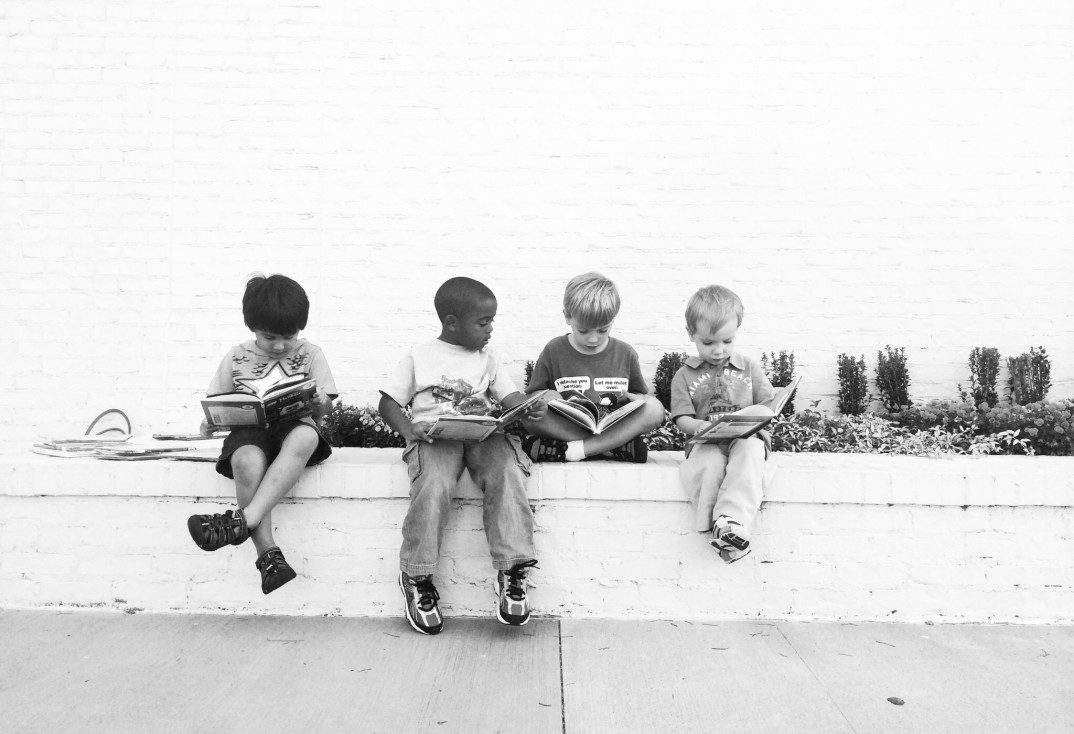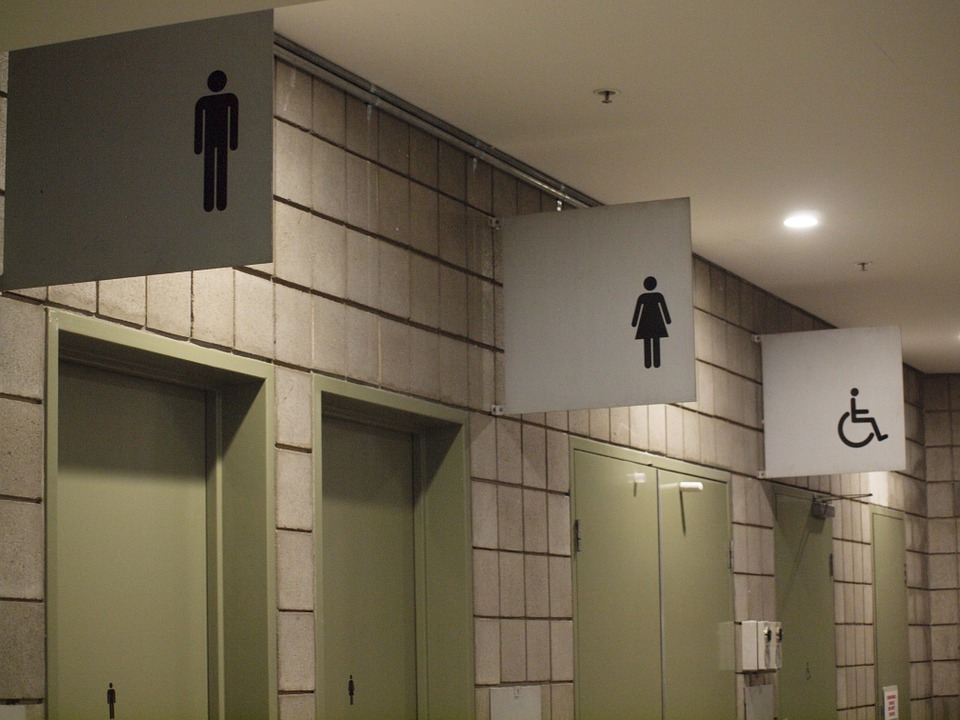The Ethics of Cultural Appropriation Event Recap
Is it ever alright to take elements of a culture that is not your own and apply it to yourself? Be that in music, fashion, food, or events – is it ever okay to take those elements and incorporate them into your life? Should you be allowed to wear clothing influenced by foreign customs, use other culture’s musical traditions, or cook food from a culture that is not your own? What is the difference between appreciating a culture and appropriating it? When is cultural appropriation permissible – or is it ever?

Prindle Director Andy Cullison asked these questions as he discussed the ethics of cultural appropriation during his brief talk at Monday’s dinner and discussion. A central theme of Prindle events this year is cultural appropriation. Cultural appropriation is the use of another culture’s objects, ideas, customs, or subjects. Oftentimes there is a grey area when it comes to appropriation. Cultures can influence each other in a give-and-take way sometimes. Other times, one culture forcibly removes objects from another culture. Sometimes they take intellectual property and apply it to their own culture, changing the original materials into something more familiar.
One example was the music of Dvorak, a Czechoslovakian composer that was influenced by African American spirituals and Native American music. Was he appropriating that culture, or appreciating it in his compositions? The Prindle Institute partnered with DePauw’s School of Music, hosts of the Dvorak festival, to discuss the ethical implications of his works in addition to other forms of cultural appropriation.
At Monday’s event, students and professors casually discussed the ethical implications of Dvorak and other forms of cultural appropriation. Discussion cards on each table provided quotes about cultural appropriation in music, fashion, religion, television, and lifestyles. One example was cultural appropriation in Orange is the New Black, and how the television show would never have been accepted without a white female lead to open a window about stories of women of color. Another was white musicians creating music in the hip-hop genre, and if that is appreciation or appropriation. Students and professors discussed these guiding examples, but were also able to branch off into discussion about their views of appreciation versus appropriation and their own experiences with instances of cultural appropriation.

Thanks to all who came out to Monday’s discussion, to the School of Music for supporting this event, and to student start-up Cheesin’ for serving up stellar grilled cheese sandwiches.
Stay tuned for more events that touch on issues of cultural appropriation throughout the year at Prindle, including the Ubben Lecture by Piper Kerman, author of Orange is the New Black, on February 4. Prindle will also continue dinner and discussion events throughout the school year.





